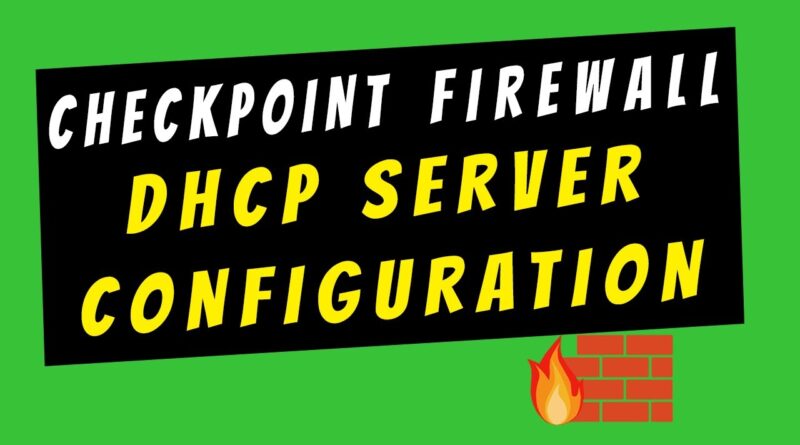


Once you enable BGP, all three networks will be able to communicate over the S2S IPsec and VNet-to-VNet connections.

You can combine parts together to build a more complex, multi-hop, transit network that meets your needs.įor context, referring to Diagram 1, if BGP were to be disabled between TestVNet2 and TestVNet1, TestVNet2 wouldn't learn the routes for the on-premises network, Site5, and therefore couldn't communicate with Site 5. If you complete all three parts (configure BGP on the gateway, S2S connection, and VNet-to-VNet connection) you build the topology as shown in Diagram 1. Getting startedĮach part of this article helps you form a basic building block for enabling BGP in your network connectivity. BGP can also enable transit routing among multiple networks by propagating routes a BGP gateway learns from one BGP peer to all other BGP peers.įor more information about the benefits of BGP and to understand the technical requirements and considerations of using BGP, see About BGP and Azure VPN Gateway. BGP enables the VPN gateways and your on-premises VPN devices, called BGP peers or neighbors, to exchange "routes" that will inform both gateways on the availability and reachability for those prefixes to go through the gateways or routers involved. You can also create this configuration using the Azure portal or PowerShell steps.īGP is the standard routing protocol commonly used in the Internet to exchange routing and reachability information between two or more networks. This article helps you enable BGP on cross-premises site-to-site (S2S) VPN connections and VNet-to-VNet connections using Azure PowerShell. This article helps you enable BGP on cross-premises site-to-site (S2S) VPN connections and VNet-to-VNet connections using the Azure portal.


 0 kommentar(er)
0 kommentar(er)
